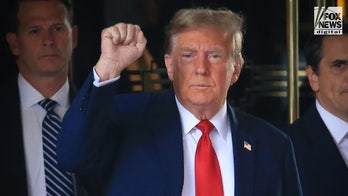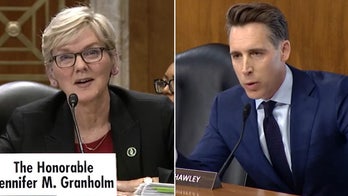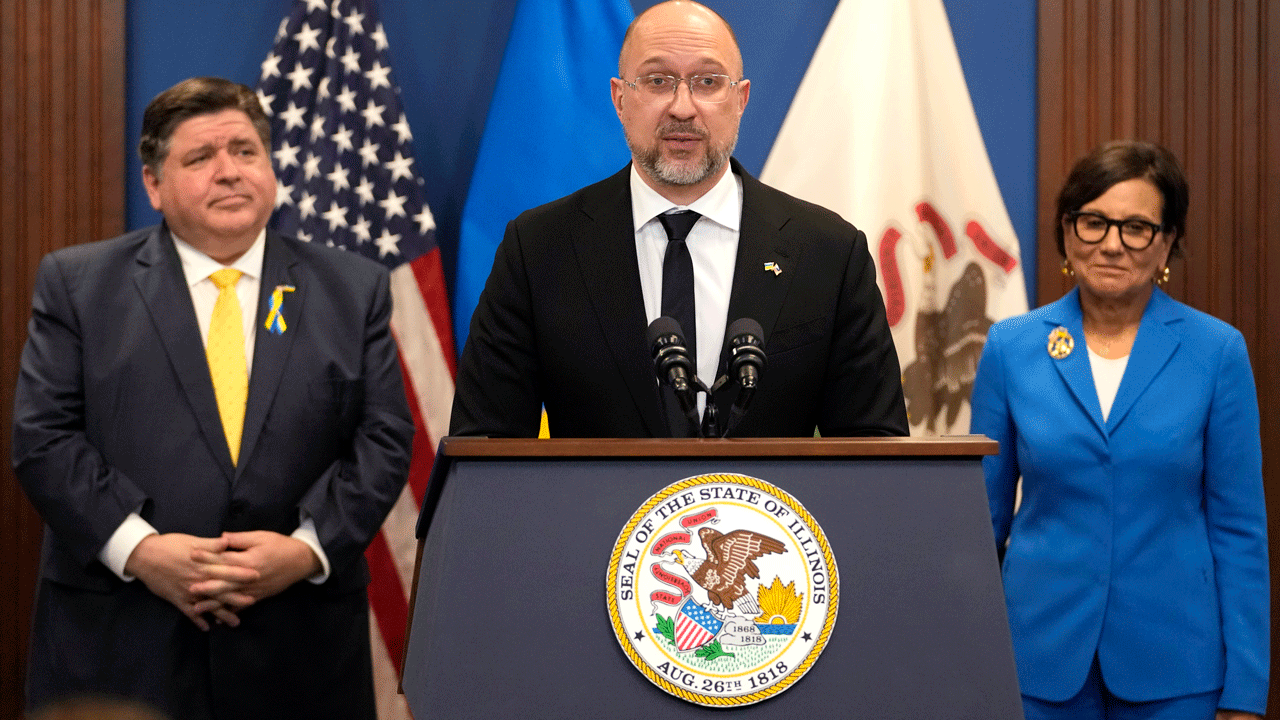
The Supreme Court building in Washington, Monday, June 30, 2014. (AP)
The Supreme Court is the most libertarian branch of the federal government.
Yes, the Supreme Court. The same body that once ruled the federal government had the authority to regulate wheat grown for home consumption — under the odd rationale that wheat not being sold was subject to the constitutional provisions giving Congress the right to regulate interstate commerce — is now perhaps the only part of our three-part system of governance that still believes in limited government.
That’s no small detail, particularly not on the Fourth of July.
America’s founders carefully developed a system of checks and balances to ensure the federal government would be deliberately limited to what it was allowed to do — each branch is, in theory, able to stop the others from acting or to overrule them once they have acted.
“It may be a reflection on human nature, that such devices should be necessary to control the abuses of government,” James Madison famously wrote in Federalist #51. “In framing a government which is to be administered by men over men, the great difficulty lies in this: you must first enable the government to control the governed; and in the next place oblige it to control itself.”
Too often, it seems that has been lost in modern politics.
But this past month has been a reminder that some of those checks still work. Faced with a gridlocked Congress and an ever-growing, imperial executive branch — taking advantage of the gridlocked Congress, which has lost its ability or desire to check and balance — the nine robed justices on America’s highest court have signaled that there is some hope for limited government in Washington, D.C.
And they’ve done so not one, not twice, but actually four times in the span of a few weeks. If you haven’t been paying attention, here’s what you’ve missed — four decisions that all favor personal freedom, individual responsibility and — most importantly— check the power of big government.




